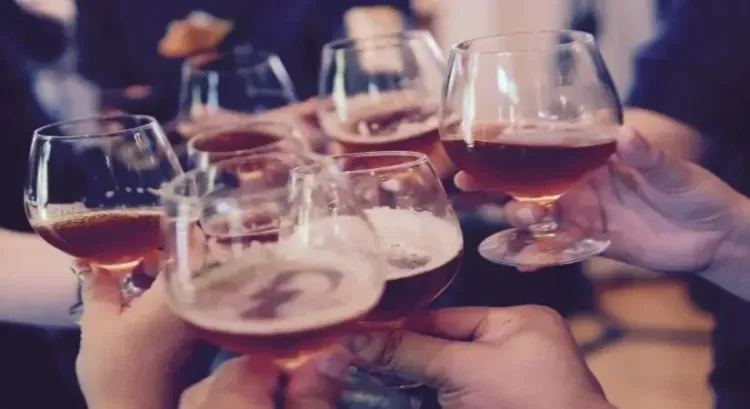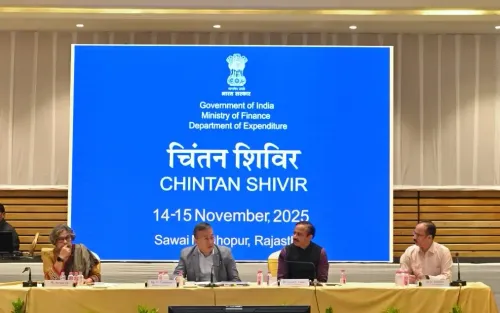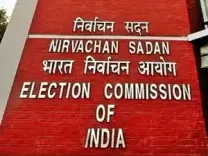Is India's Alcoholic Beverage Industry Ready for 10–12% Revenue Growth in FY26?

Synopsis
Key Takeaways
- Projected revenue growth: 10–12% YoY in FY26.
- Beer vs Spirits: Beer segment to lead with 4-6% growth.
- Capital expenditures: Expected to rise to 4-5% of operating income.
- Operating profit margins: Stable at 13-14%.
- Tax impacts: Increased tax on packaging and logistics.
New Delhi, Oct 1 (NationPress) The alcoholic beverage sector in India is projected to witness a 10–12 percent year-on-year (YoY) revenue expansion in FY26, fueled by consistent demand, trends of premiumisation, and price hikes implemented by various state governments, according to a recent report.
Volume growth for the sector is anticipated to be between 1 to 2 percent in FY26, as highlighted by the ratings agency ICRA.
Notably, the beer segment is expected to exceed the spirits category, with volume growth anticipated at 4-6 percent during the same timeframe, maintaining the positive trend from the previous year due to sustained demand, the report indicates.
Conversely, the spirits sector, which includes Indian-made foreign liquor and country spirits, is likely to see a decline attributed to elevated taxation and increased selling prices.
ICRA has forecasted that the operating profit margins for its sample of companies will stabilize at 13-14 percent in FY26, aided by relatively stable input costs, following a 100 basis point increase to 13.9 percent in FY25.
In FY25, price adjustments sanctioned by various state governments helped alleviate the impact of rising non-basmati rice prices, a crucial input in spirits production.
Capital expenditures, currently at 3–4 percent of operating income in FY25, are expected to rise to 4–5 percent in FY26 and FY27 as companies work to expand their capacities, the report noted.
Despite the anticipated growth in capital expenditures, leverage and debt coverage metrics are expected to remain robust, with a total debt/OPBDITA ratio of 0.5-0.7 times and an interest coverage ratio of 19-21 times for FY26, supported by strong cash accruals, the report observed.
Though alcohol remains exempt from the GST framework, modifications under GST 2.0 have impacted associated inputs. Packaging materials such as bottles, caps, labels, and cartons are now subject to an 18 percent tax, a rise from the previous 12 to 15 percent.
Likewise, transportation and logistics services have also been included in the 18 percent tax bracket.









